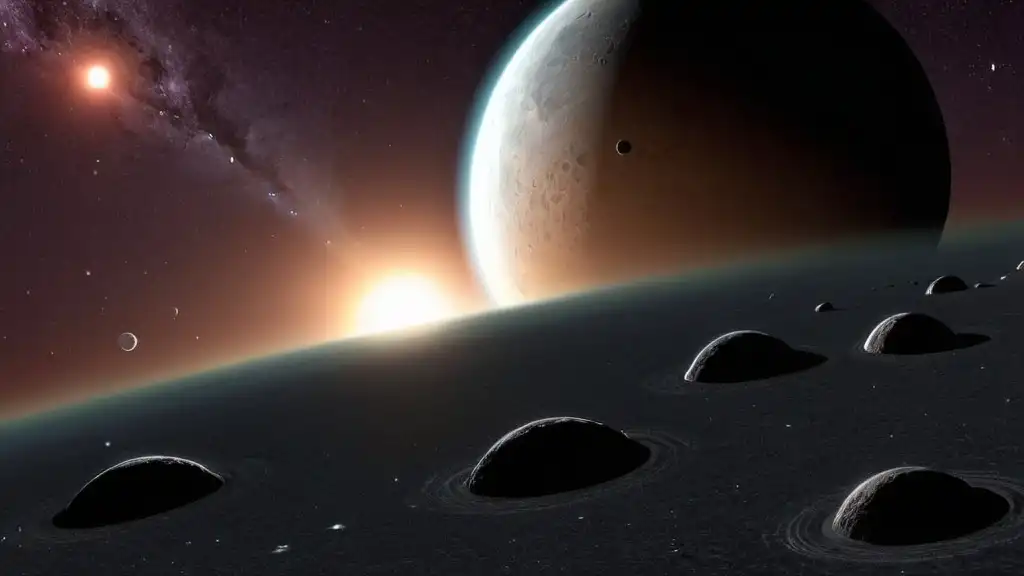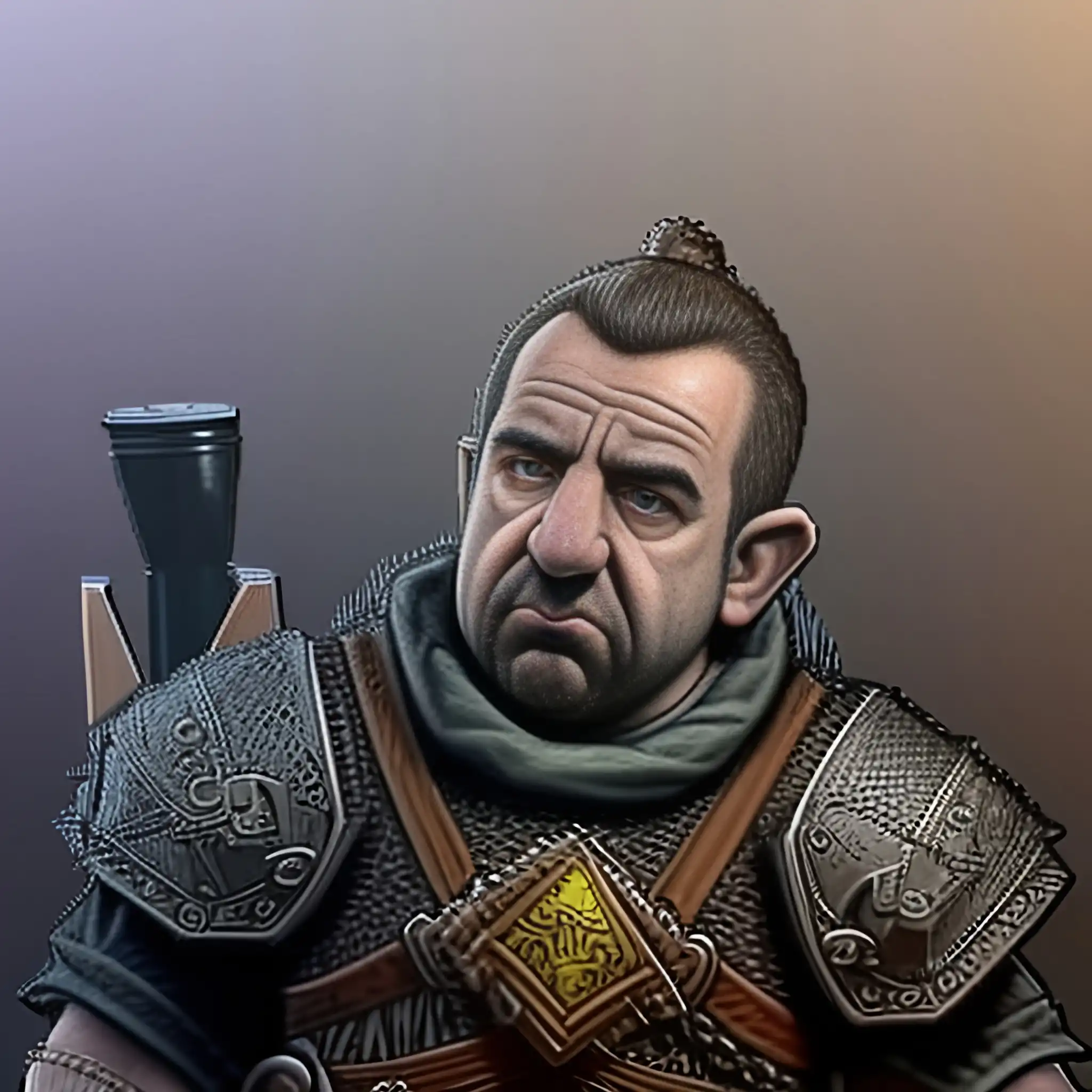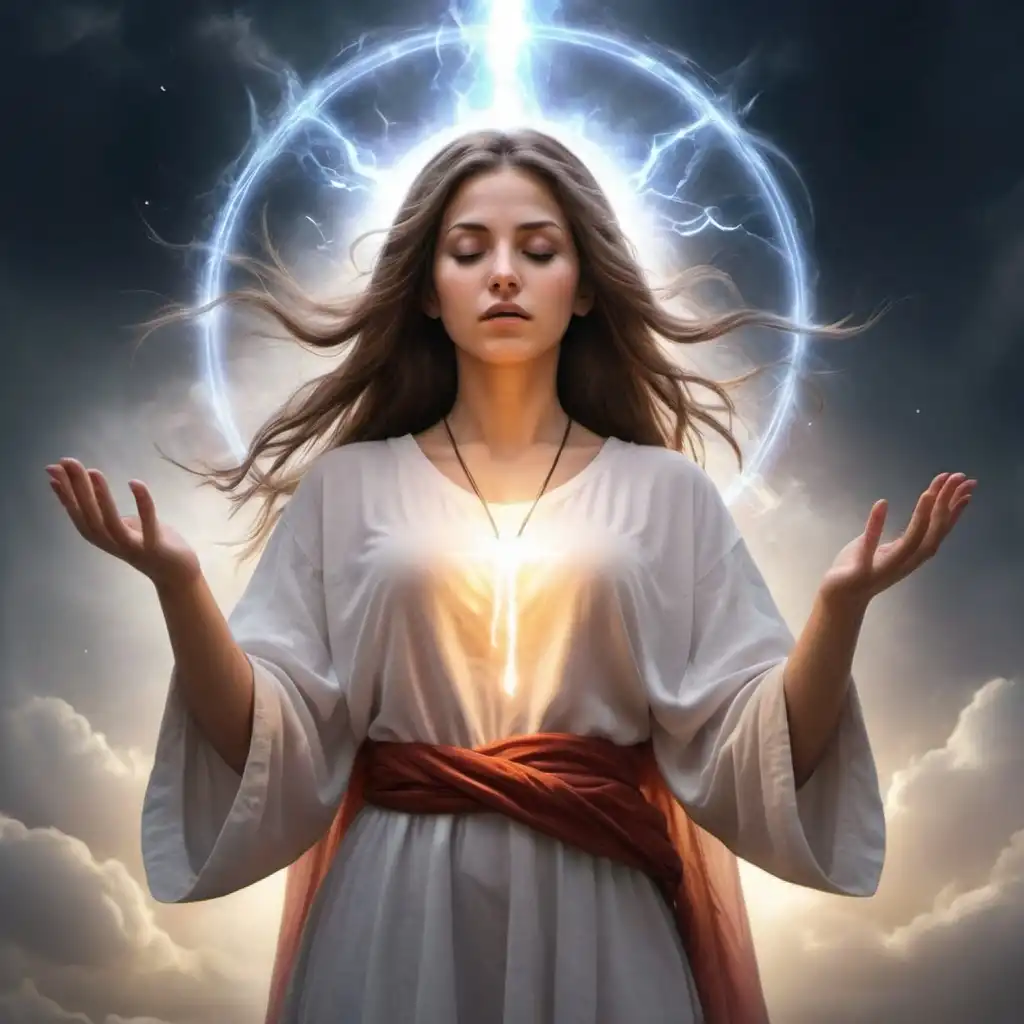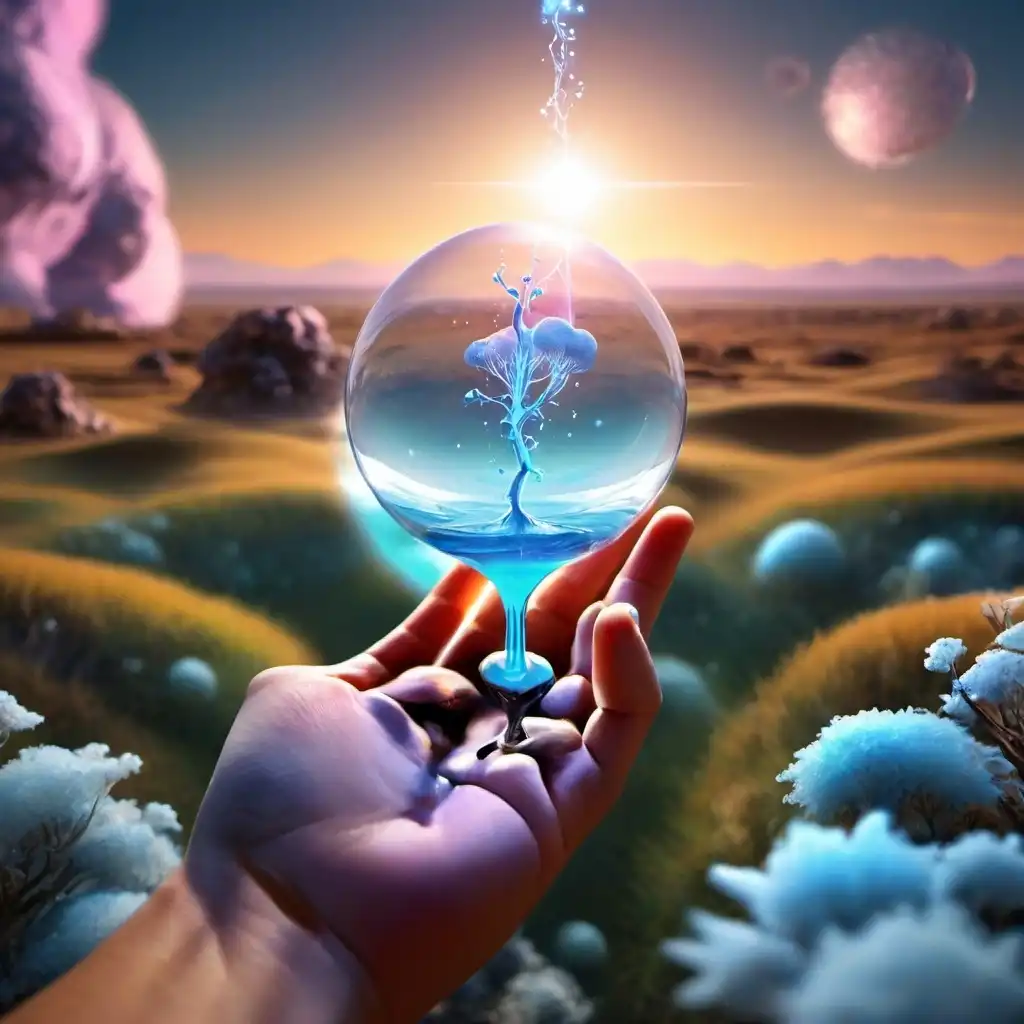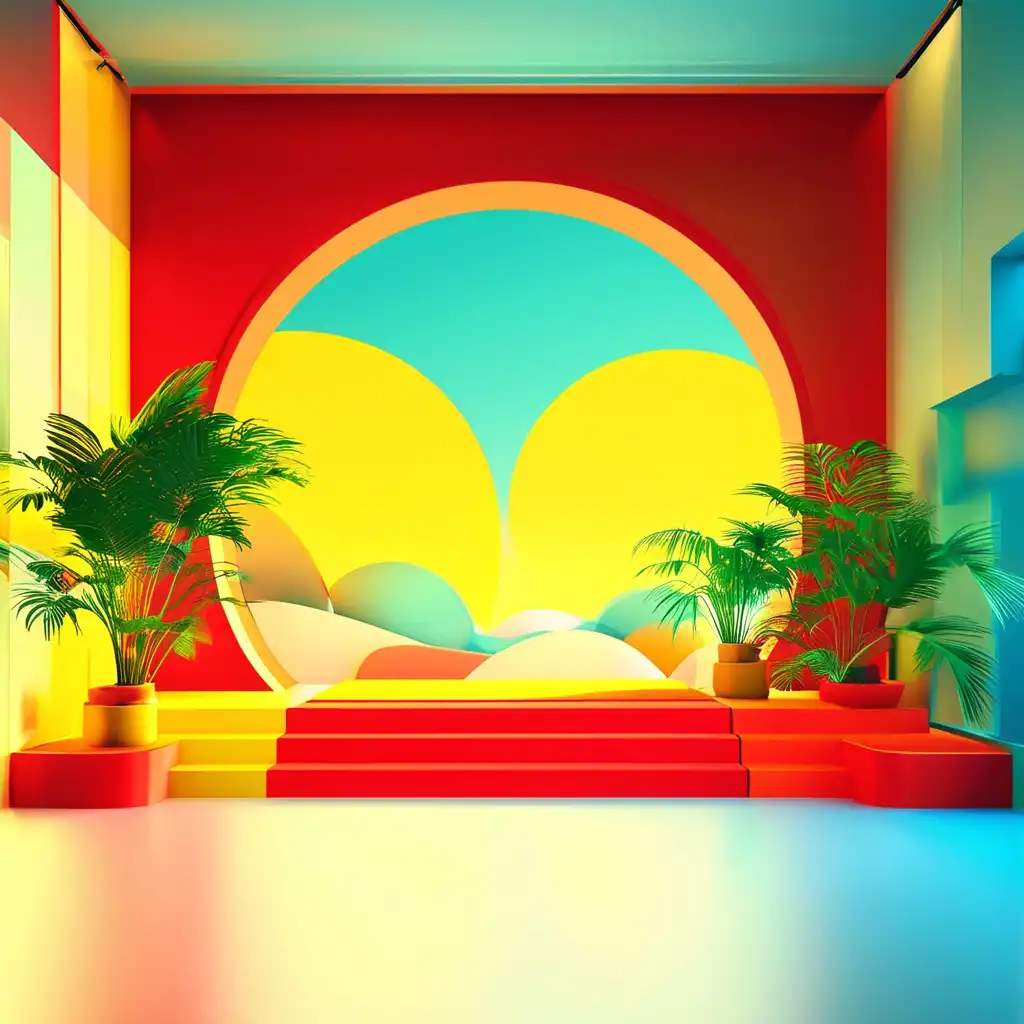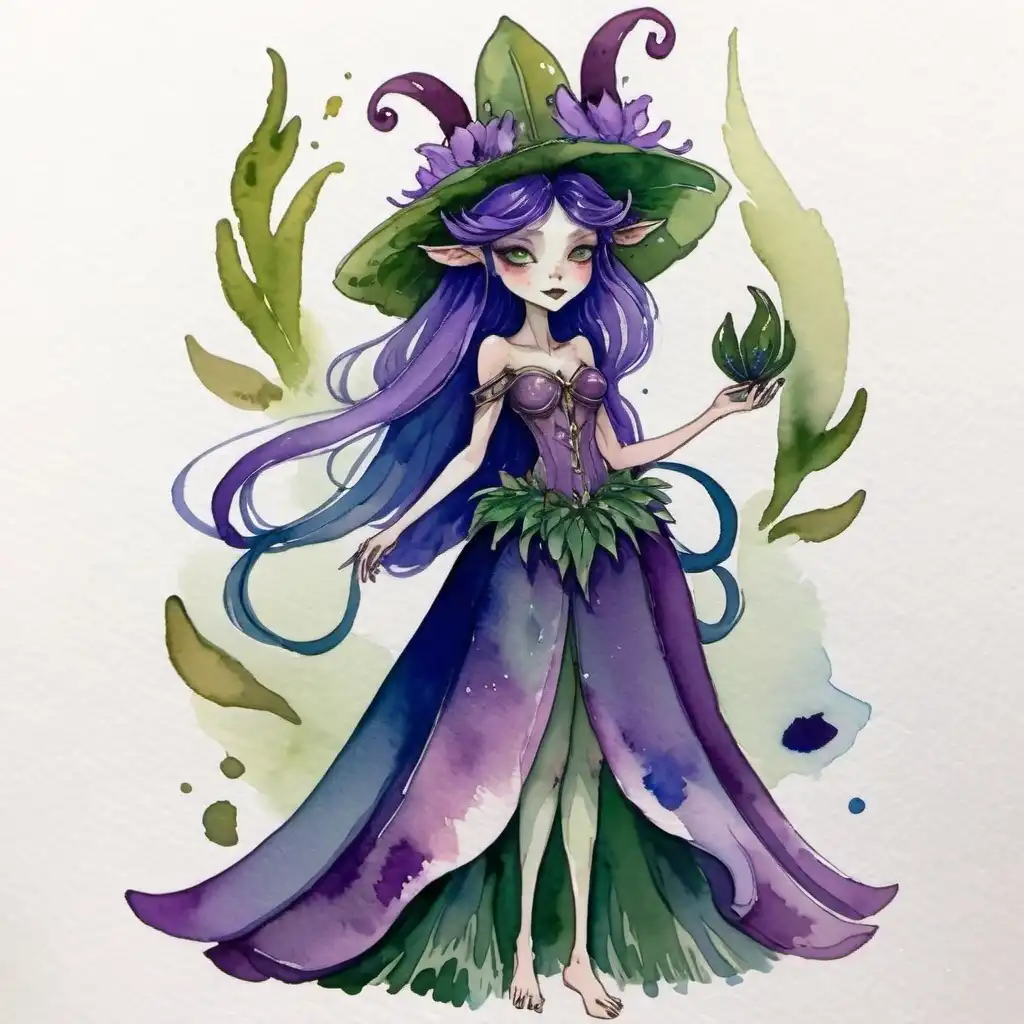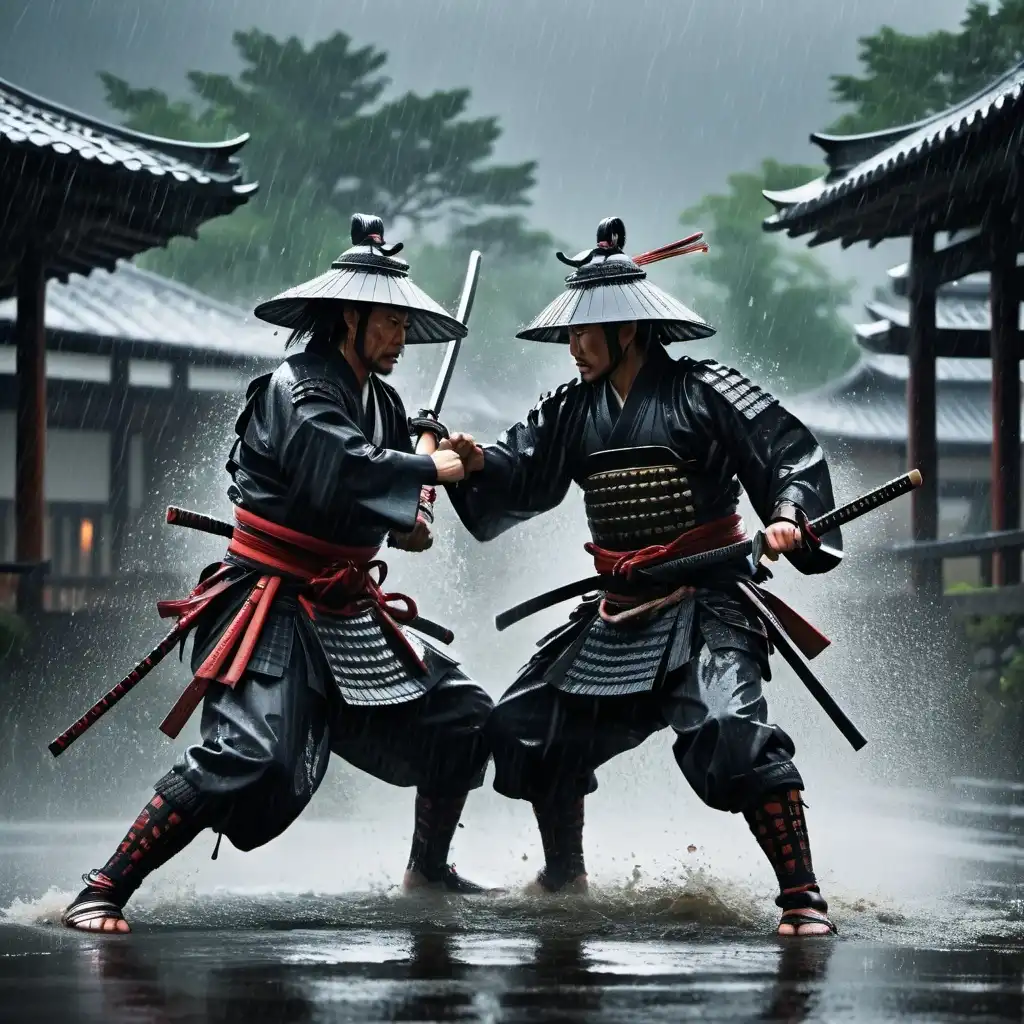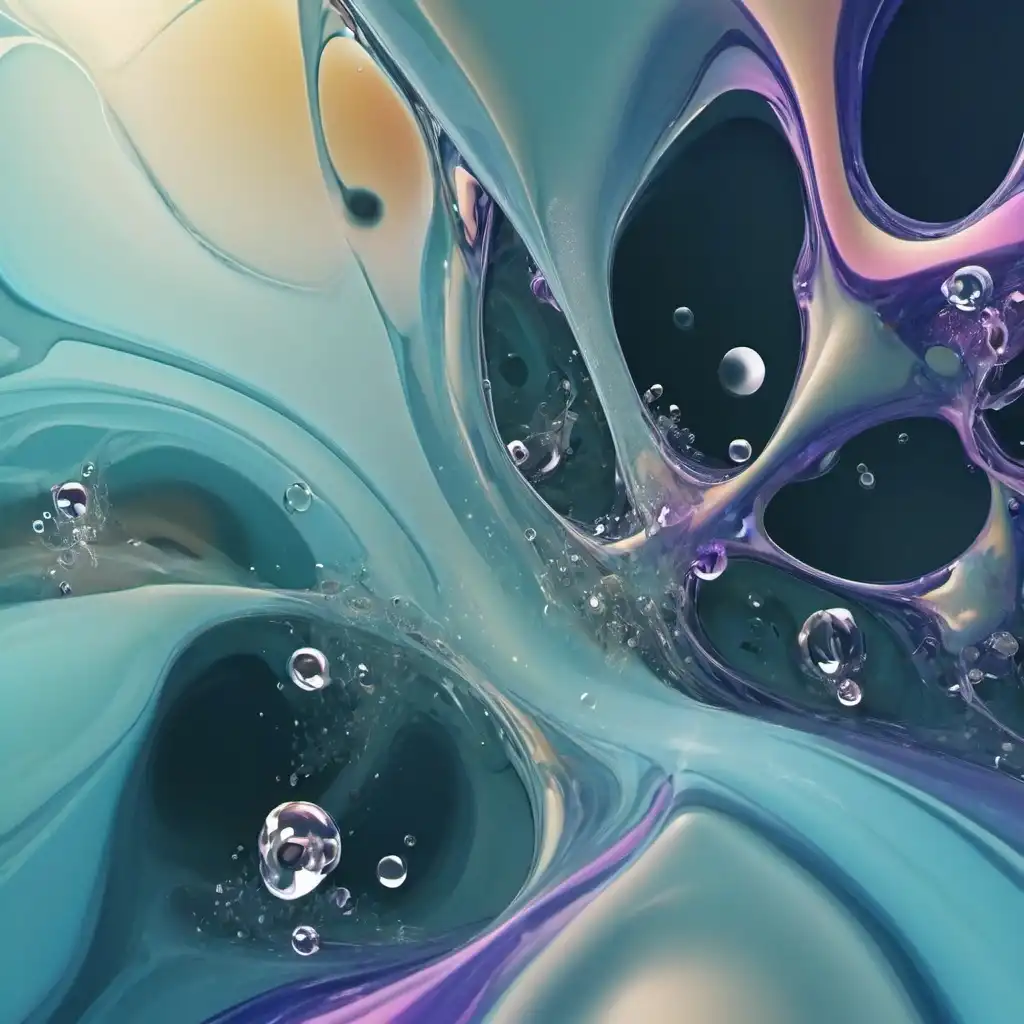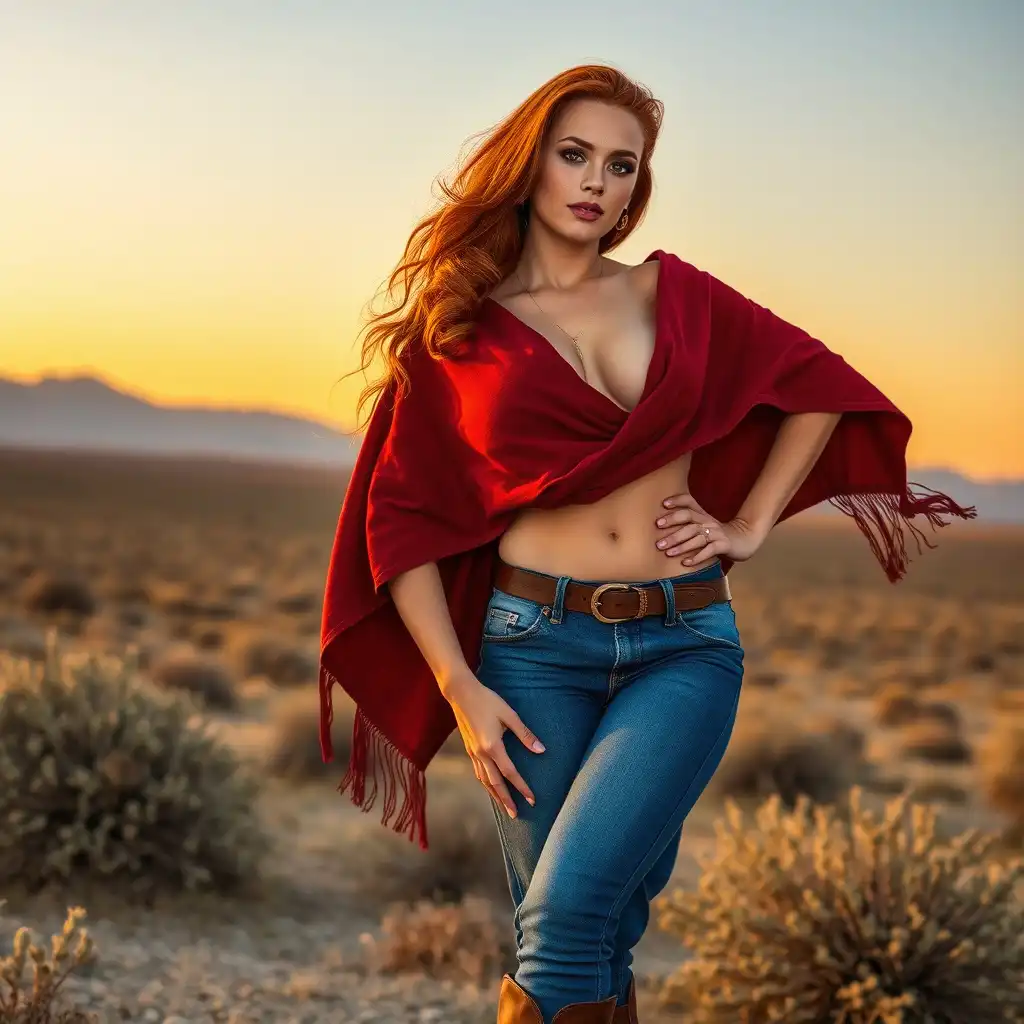图片提示词prompt
Planet and Atmosphere
Planet Size: The planet should appear massive, dominating the central part of the image.
Color and Texture: Its surface could be a mix of vibrant colors—perhaps deep blues and purples with swirling clouds of lighter shades. You might add some large, glowing areas to indicate volcanic activity or energy sources.
Atmosphere: The atmosphere can be depicted with a subtle glow or haze around the planet to create a sense of depth and scale.
Meteor Belt
Location: The meteor belt encircles the poles of the planet.
Appearance: It could consist of numerous large and small meteors with varying colors—metallic grays, fiery reds, and glowing oranges. The belt should appear somewhat fragmented, with gaps in between clusters of meteors.
Lighting: Consider adding a slight illumination or reflection on the meteors to make them stand out against the darkness of space.
Moons
Number and Placement: There are 10 moons orbiting the planet at different distances, arranged in a relatively symmetrical pattern but with some variation in size and distance from the planet.
Sizes and Colors: Vary the sizes of the moons—some could be large and spherical, while others are smaller and irregularly shaped. Their colors could range from pale grays and blues to more exotic hues like purples and greens.
Textures: The moons could have distinct features, such as craters, ice patches, or even faint rings around some of them.
Space Background
Stars and Nebulae: The background can be a rich, dark expanse filled with distant stars and possibly some nebulae or cosmic dust to add depth.
Lighting: The lighting of the scene can be a combination of the planet’s glow, the reflected light from the moons, and the ambient light of distant stars.
Overall Composition
Perspective: A slightly angled view from space could show the curvature of the planet and give a sense of its massive scale.
Focus: The planet and its meteor belt should be the focal point, with the moons orbiting it serving as secondary points of interest.
行星和大气
行星大小: 行星应该看起来很大,占据图像的中心部分。
颜色和纹理: 它的表面可能是充满活力的颜色的混合-也许是深蓝色和紫色,并带有较浅的阴影。你可以添加一些大的发光区域来指示火山活动或能源。
大气: 大气可以用行星周围的微妙光芒或阴霾来描绘,以创造一种深度和规模感。
流星腰带
位置: 流星带环绕着地球的两极。
外观: 它可能由许多大小不一的流星组成,颜色各异-金属灰色
